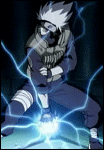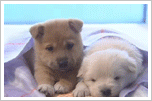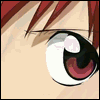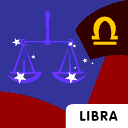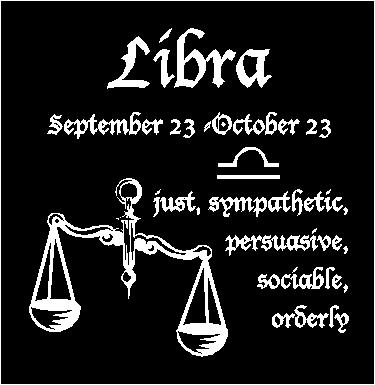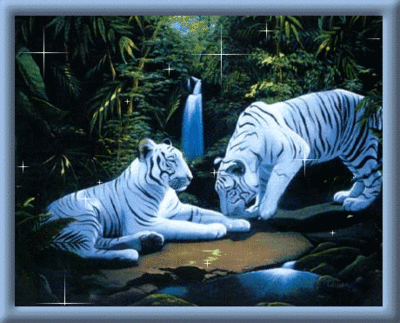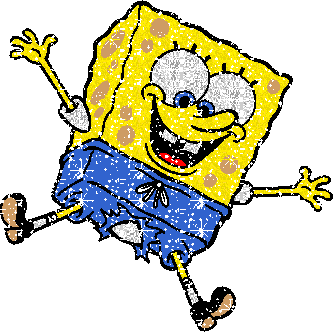Dhevin
Jan L. Murillo
BEED-SpEd
3x2
REFLECTIONS
By
working with these episodes, I’ve gain a lot of insights and
lessons. I understand now what an authentic assessment is really and
how it is valuable for teachers.
Authentic
assessment refers to those activities set by the teachers which
enable students to manipulate, understand and produce. I have now
learned the difference between the process-oriented and
product-oriented performance based assessments. When it is measured
through the performance of the students, it calls for the
process-oriented. However, if it is measured through the product
itself or the output, it calls for the product-oriented performance
based assessment.
SHOW
PORTFOLIO
Learning
Objective:
To
be able to design and make an investigatory project.
General
Performance Task:
Design
and make an investigatory project
Learning
Episodes:
- Decide for a topic to investigate.
- Make an initial plan and state the samples.
- Write your own hypothesis and conduct an experiment.
- Design for a table chart of the results or the data.
- Write a conclusion and produce a hard copy of the project.
Assessment
Task:
- Demonstrate a concrete topic for the project.
- Output of the initial plan.
- Designed table chart of the data.
- Hard copy of the investigatory project.
Rubrics
for Assessing Learning
The
criteria for assessing the Student’s products consist of the
following:
- Creativity --------------------------------------------------------- 20%
- Originality -------------------------------------------------------- 20%
- Content of the product ------------------------------------------ 30%
- Importance of the Product to help the environment----------- 30%
Total ------------ 100%




